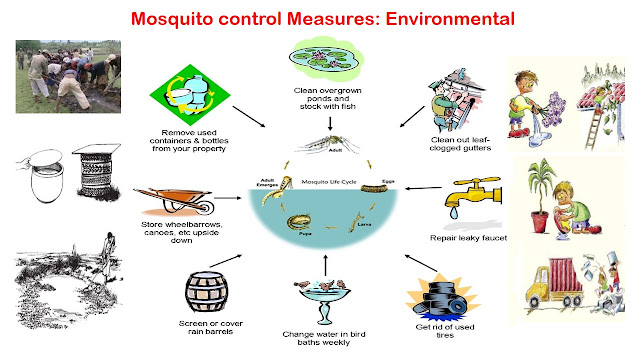Design equations of Rectangular Microstrip Patch Antenna
Following design equation can be used to calculate the width and length of rectangular microstrip patch antenna and simulation of 2.4 GHz inset-feed rectangular patch antenna can be found in follwing video. Microstrip antenna with inset-feed line Part-1 Design step for the calculation of W and L Step-1 : To calcualte width 'W' use follwing formula Step-2: Calculate the effective dielectric constant using formula below. Here ' ε r ' is relative dielectric constant of the material. 'h' is height of the substrate and W is the width of patch calculated in first step. Step-3: Calculate ΔL using formula below. Step-4: Calculate length of the patch using formula below. v 0 is speed of light in free space. Part-2 Feedline calculation Step-1: Calculate the input impdedance of the pa...













Comments
Post a Comment